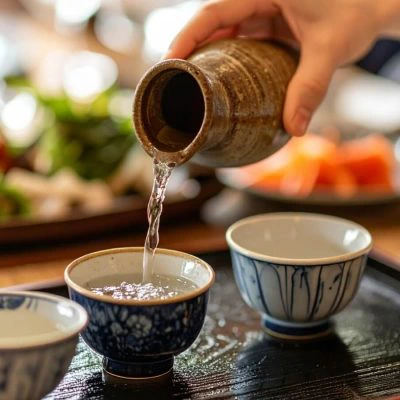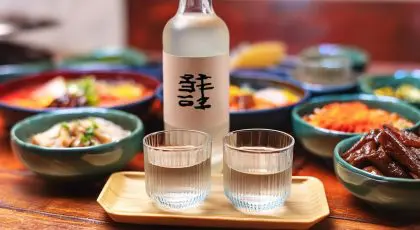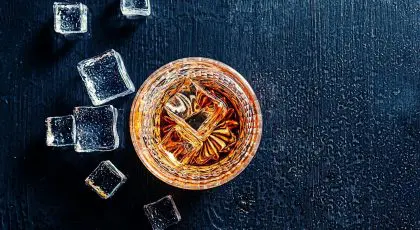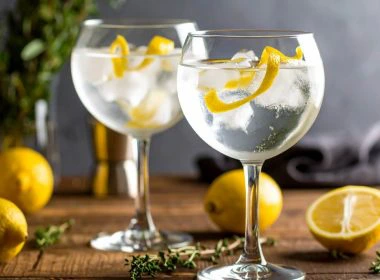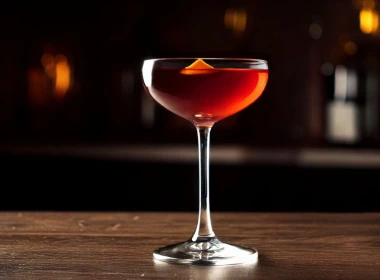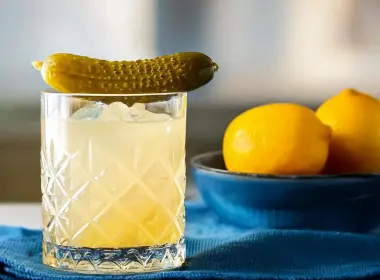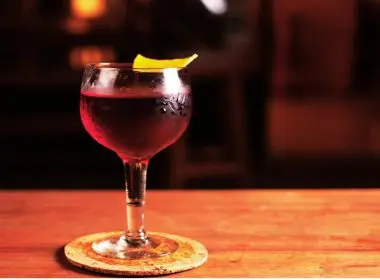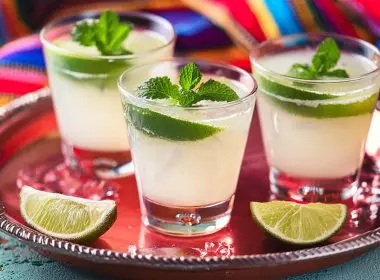What’s the Difference Between Soju, Sake and Shochu?
Jump to:
The buzz around Asian spirits is real. Over the past few years, drinks like soju, sake, and shochu, that were once niche outside their home countries have found their way onto bar menus around the world. But when it comes to the differences between soju vs sake vs shochu, there’s a lot to discover.
These three iconic drinks may all hail from East Asia, but each one has its own story, flavour profile, and distinct identity at the bar. From Korean rooftops to Japanese izakayas and everywhere in between, these spirits are making waves in global cocktail culture and they’re sidling their way into home bars, too.
Whether you’re a home mixologist on the hunt for your next signature pour or just want to know what to sip on sushi night, this guide breaks it all down. Let’s explore how these drinks differ, how they’re traditionally enjoyed, and how they’re being reimagined in bold, modern ways.
What is soju?
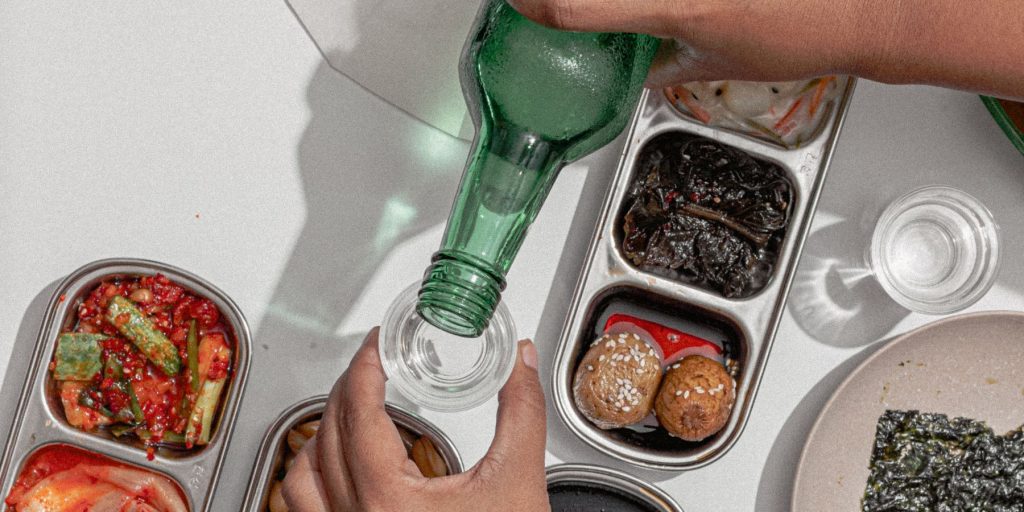
Soju is a clear, smooth, and subtly sweet distilled Korean spirit traditionally made from rice, wheat, or barley. These days, you’ll also find modern versions crafted with sweet potatoes, tapioca, or even quinoa, depending on the distiller.
Soju typically clocks in at a lower ABV (opens in new window) than most spirits (hovering between 12% and 25%) which makes it super chill for longer sipping sessions or casual nights with friends. It’s often compared to vodka (opens in new window) thanks to its clean taste and mixability, but it’s got a gentler kick and a more delicate personality.
Wondering how to drink soju? In Korean drinking culture, it’s often served neat and cold in small glasses, with a deep focus on sharing and ritual. But in recent years, soju has also become the star of some seriously cool cocktails. It pairs beautifully with citrus, herbs, and fruit, and plays nice with mixers like ginger beer, soda water, and even yogurt drinks like Yakult.
If you’re feeling bold, try pairing soju with Grand Marnier (opens in new window) in a zesty Sidecar riff, or shake it up with Crodino (opens in new window) for a low-ABV bitter orange twist. Soju’s low-key nature makes it the ultimate team player.
Read next: Soju Cocktails (Easy Recipes You Can Make at Home)
What is sake?
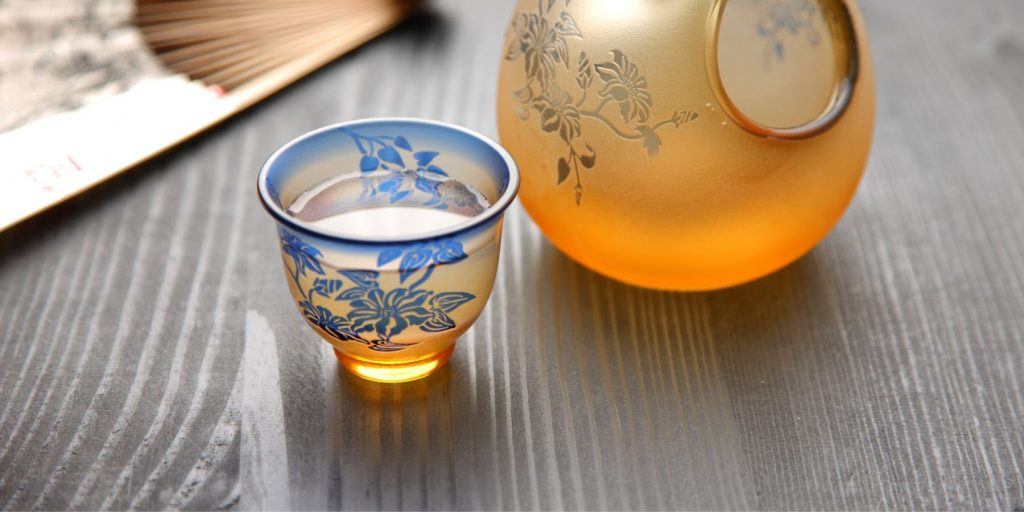
Sake isn’t distilled like soju or shochu. It’s brewed, more like beer, using polished rice, water, yeast, and a fermentation starter called koji. The result? A beautiful range of flavours that can be fruity, nutty, floral, or deeply umami, depending on how much the rice has been polished and the fermentation process.
Sake typically sits at around 12–16% ABV and is served either warm or chilled, depending on the type. Lighter, fruitier styles are usually chilled, while richer, more savoury sakes are warmed up. It’s a staple with sushi and tempura, but there’s a new wave of bartenders giving sake a whole new lease on life.
Need some sake cocktail ideas? Try a Sake Spritz with Aperol (opens in new window) and soda water, or a Saketini made with gin and a cucumber twist. It’s a great base for delicate, low-ABV drinks, especially when you want something a little different from the usual vodka or gin standbys. Sake brings quiet confidence to the party. It’s subtle, layered, and seriously rewarding when given the spotlight.
Go pro: Asian Cocktail Ingredients to Inspire Your Next Drink
What is shochu?
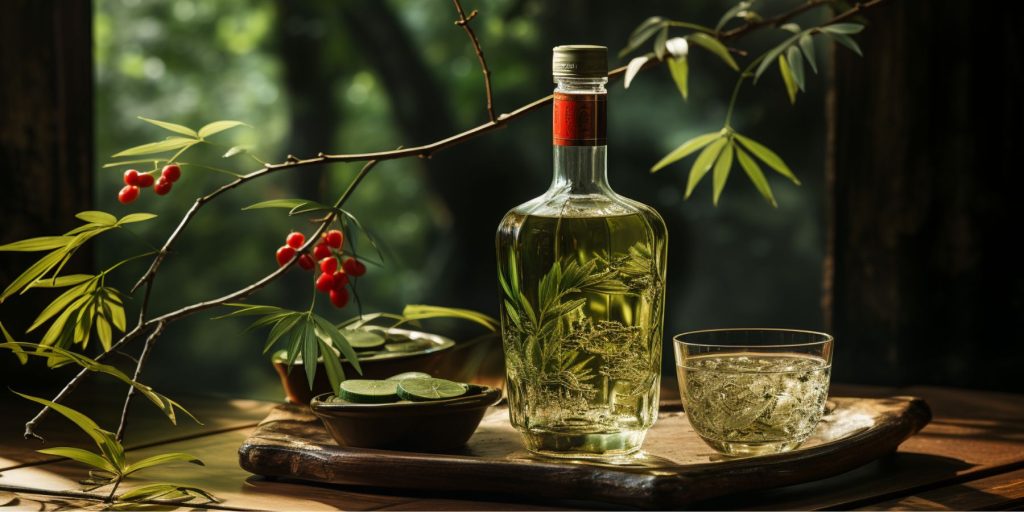
While often confused with sake, shochu is actually a distilled spirit, making it more like soju or vodka. But that’s where the similarities end. Shochu is Japan’s most beloved distilled drink, made from a variety of base ingredients, including sweet potatoes (imo), barley (mugi), rice (kome), brown sugar (kokuto), and even buckwheat or shiso leaves.
Each base gives shochu its own personality. Think earthy, nutty, or mellow, depending on the style. Compared to soju, shochu tends to have a deeper, more complex flavour, and slightly higher ABV, typically around 20–25%.
This makes it the perfect base for shochu cocktails, especially highballs. A classic combo is shochu with citrus and soda water, or something funkier like yuzu and bitters. Shochu also gets along surprisingly well with amaro or vermouth, turning into deliciously complex cocktails.
It’s got a low-key kind of swagger that makes it the perfect fit for a Japanese twist on a Whiskey Sour. Shochu + yuzu juice + egg white = pure magic.
Also see: Shochu Cocktails (Discover Japan’s Best-Kept Secret)
Soju vs sake vs shochu taste in cocktails
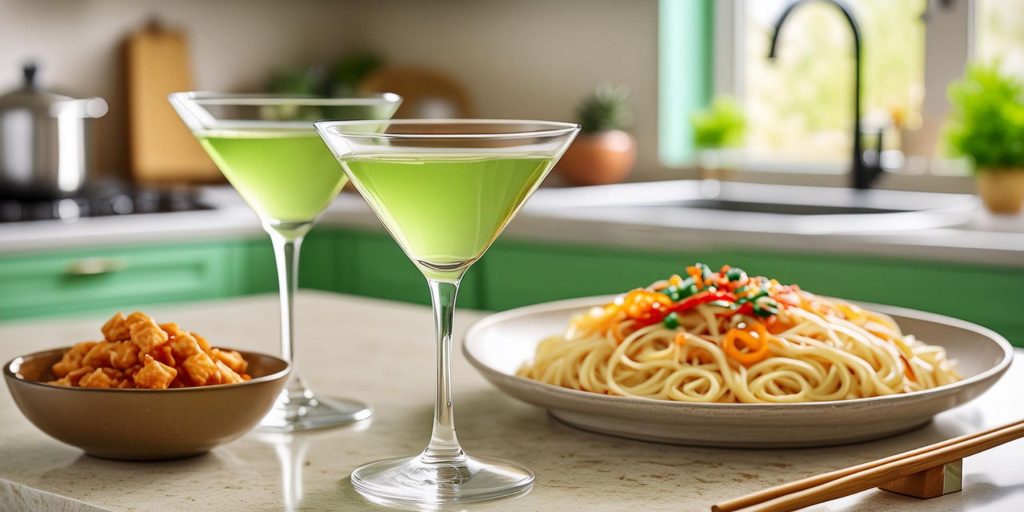
So, which of these spirits deserves a spot on your cocktail cart? Let’s break it down.
Soju is a dream for fruit-forward and citrusy drinks. It works like vodka, but with a smoother, softer finish. Use it in Mojitos, Cosmos, or highballs with a twist. Add a pop of Grand Marnier, and you’ve got a fusion drink that’s classy but chill.
Sake leans into the elegant side. It’s ideal in low-ABV cocktails where you want subtlety over strength. Think Sake Spritz with Aperol, Saketinis with Bulldog Gin (opens in new window), or even a Sake Mojito for something herbaceous and light.
Shochu is your go-to for earthy clinkers and sips with serious structure. It plays well with bitters, herbs, and citrus. For a killer combo, pair shochu, blood orange juice, and a splash of Amaro Averna (opens in new window). Want to impress your guests? Pour a Hanamizaké Martini with shochu, sake, and Cinzano Vermouth Bianco (opens in new window); it’s got that layered, umami-rich profile that always stands out.
Learn more: Navigating the Rich Tapestry of Korean Drinking Culture
Which should you try first?
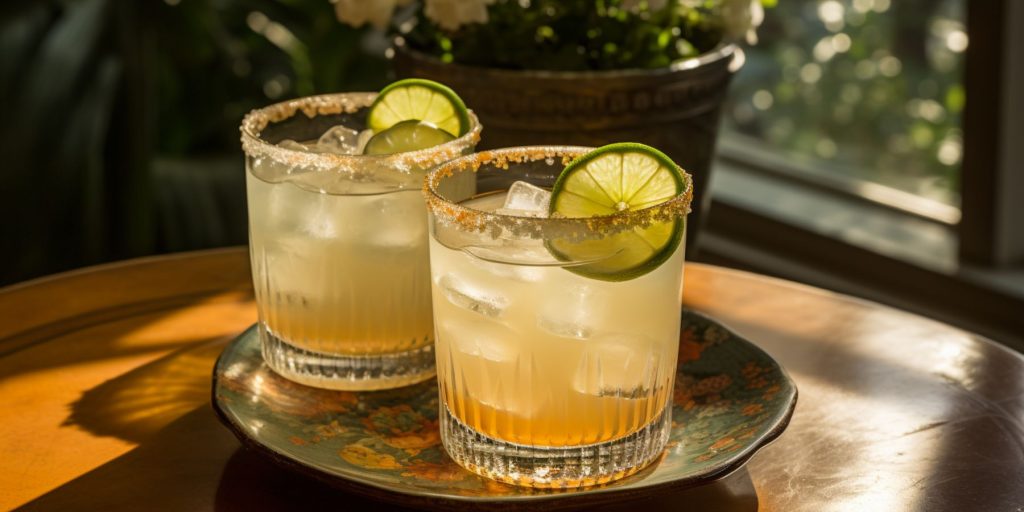
Here’s a quick cheat sheet for when you’re standing in the liquor aisle or browsing online and deciding between soju, shochu, and sake:
- Soju: A solid starter. It’s mild, mixable, and a great party guest. Perfect for casual nights, fruity cocktails, or Korean BBQ pairings.
- Sake: Choose this for elegant dinners or when you’re feeling fancy. It pairs deliciously with sushi, ramen, or even grilled seafood.
- Shochu: Great for low-calorie sipping and drinks with depth. Try it on the rocks, with soda, or in bold, bitter cocktails.
Still not sure? Let the difference between soju, sake, and shochu come down to ABV and baseline flavour:
- For something light and smooth = soju
- For something floral and savoury = sake
- For something earthy and rich = shochu
INSIDER TIP: When you’re shopping, check the label for base ingredients and ABV. Want something soft? Look for rice-based soju or kome shochu. Craving something funky? Go for sweet potato shochu or a bold sake with higher rice polish.
Whether you’re mixing, sipping, or pairing your next meal, understanding the differences between soju vs sake vs shochu unlocks a whole new flavour universe. Go on, pick your pour, and let your next cocktail chapter unfold. In the meantime, remember to (opens in new window)sign up for our newsletter, so we can keep you in the mix.
